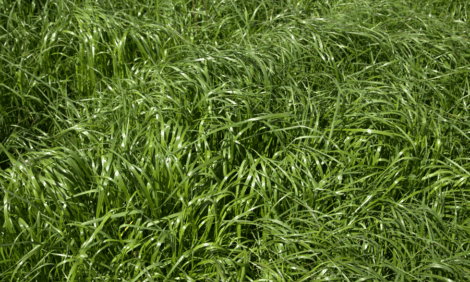



Avian influenza discovered in wild bobcats in New York
Cornell university researchers tracking live bobcats in New York found widespread exposure to avian flu, also known as bird fluAvian influenza – which has devastated poultry flocks, wildlife populations and increasingly poses a public health risk – has now been confirmed in wild bobcats in New York state.
In a new study, published March 25 in the Journal of Wildlife Diseases, researchers tracked live bobcats in the state and found widespread exposure to avian flu, with evidence of bobcats surviving but also succumbing to the highly pathogenic H5N1 strain. The research further documents increasing avian influenza cases in mammals and underscores the importance of proactive wildlife disease monitoring.
“While it’s notable and promising that some bobcats have survived exposure, a key takeaway is that these animals can and do die from infection,” said senior author Jennifer Bloodgood, assistant professor of practice in the Department of Public and Ecosystem Health and wildlife veterinarian in the Cornell Wildlife Health Lab, both in the College of Veterinary Medicine (CVM). “Our research highlights the presence of avian influenza virus in wild bobcats, raising concerns about the potential impact on population health.”
In 16 live-captured bobcats across New York state, researchers detected influenza antibodies in more than half the animals, with four showing evidence of exposure to highly pathogenic H5N1 and five others showing exposure to other strains of the virus. One bobcat that initially tested negative at the time of capture died from H5N1 within five weeks. Why this particular bobcat died from the disease and the others survived remains a mystery.
The bobcats were captured between Jan. 9 and March 3, 2024 and were fitted with GPS collars as part of a larger study to estimate bobcat abundance. Of the four bobcats exposed to H5N1, two are currently confirmed alive, while the status of the other two remains unknown after their GPS collars stopped communicating.
“Carnivores are one of the most affected species right now, and it’s very understudied and challenging to tease apart risk factors,” said first author Haley Turner, a master’s student with the New York Cooperative Fish and Wildlife Research Unit in the College of Agriculture and Life Sciences (CALS). “Detecting antibodies only tells us about individuals that survived long enough to be sampled. What it doesn’t capture are those animals that died quickly from the infection or were too ill to be trapped. Therefore, it’s not possible to infer survival rates for the population as a whole.”
The GPS collars have a mortality alert that notifies Turner when a bobcat has died. For the bobcat that died from the disease, Turner trekked into a scrubby wetland to retrieve the animal, which was then tested at the Animal Health Diagnostic Center and at the University of Georgia to confirm the cause of death.
“Our pathologist identified viral-associated inflammation in the brain. After we tested for avian influenza and detected the virus, we then used advanced staining techniques to visualize avian influenza antigen in the brain,” Bloodgood said. “Now we’re able to say that these areas of encephalitis or inflammation were associated with the virus and can conclude that this animal died from avian influenza.”
Avian influenza has decimated poultry flocks around the world, with 168 million birds culled from the US poultry flock. It has spread to more than a dozen mammals, including humans, with one human death reported in Louisiana.
Influenza has been documented in bobcats in other states, but this study is unique in detecting the first flu-related death of a bobcat in New York and documenting the presence of antibodies to avian flu in bobcats.
To track the bobcats, Turner connected with licensed trappers, who agreed to call Turner when they captured a bobcat. On site, Turner and her team administered anesthesia, drew blood samples and fitted the bobcats with GPS collars. The animals slept for 40 to 45 minutes and then were released where they were captured.
For Turner, working with bobcats and their ecology is rewarding.
“This isn’t just about individual cases,” Turner said. “The real value lies in what proactive disease monitoring can reveal about emerging threats to wildlife populations, before a disease causes widespread population declines. Without this work, we might never have known that a bobcat died from avian influenza in the wild. This study is a step toward understanding how diseases like avian influenza affect wildlife health in real-time.”


